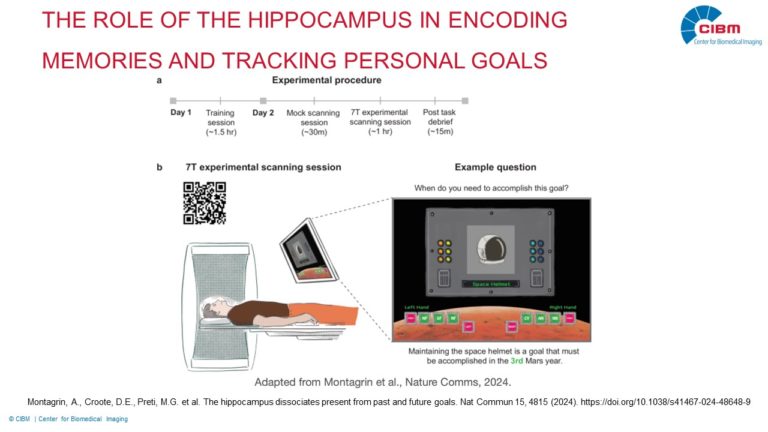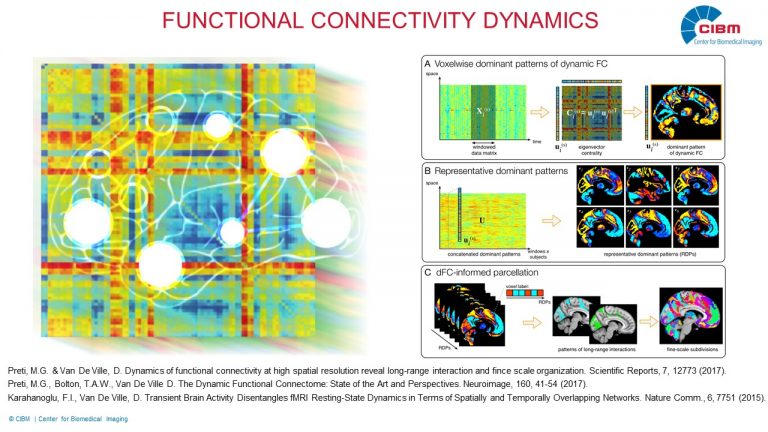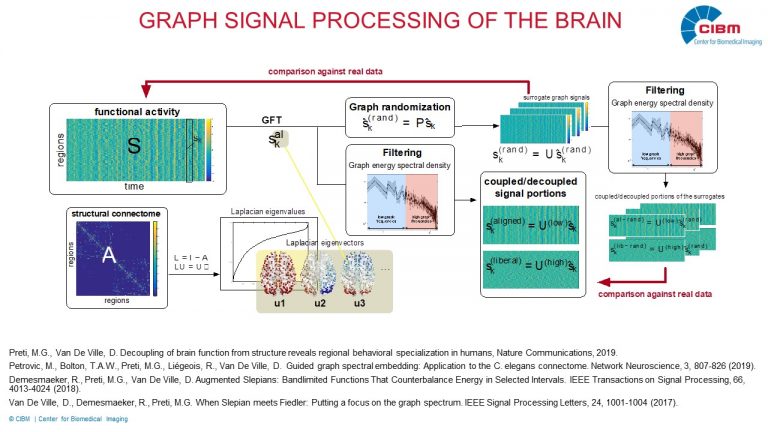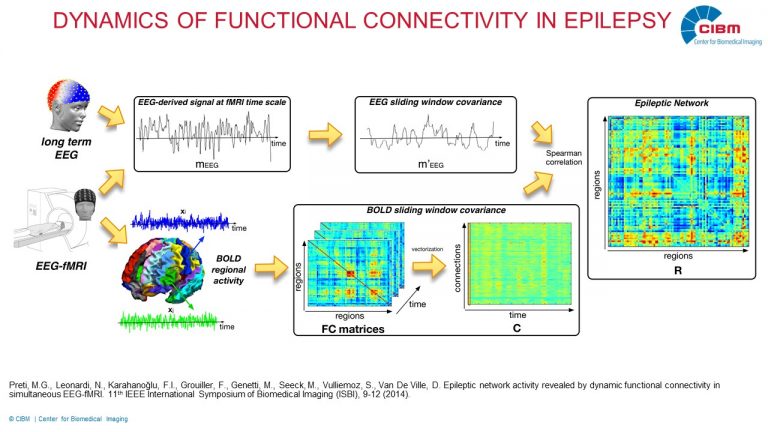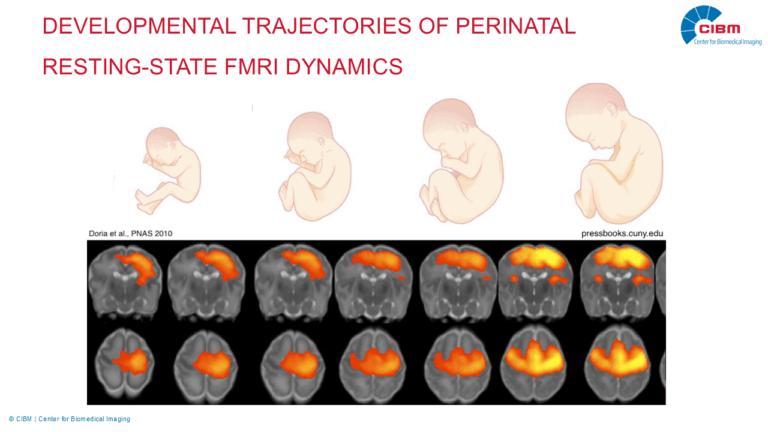The role of the hippocampus in encoding memories and tracking personal goals
Description: Our brains are continuously monitoring what we have already accomplished, are currently pursuing, and are planning to tackle in the future. In this complex and dynamic process, the hippocampus plays a crucial role, in particular demonstrating a specific organization of the episodic memory information along its longitudinal axis, transitioning from more detailed representations (e.g., immediate goals) in the posterior part, to more generalized information (e.g. temporallly distant goals) in the anterior ones. This study investigates the role of the hippocampus in distinguishing goals over time. For this, we analyze functional Magnetic Resonance Imaging (fMRI) scans of healthy subjects acquired complex spatial navigation tasks, to investigate brain activation during the accomplishment of specific goals.
Investigators: Maria Giulia Preti (EPFL), Dimitri Van De Ville (EPFL, UNIGE)
Collaborators: Alison Montagrin, Victor Ferat, Sophie Schwartz (UNIGE)

